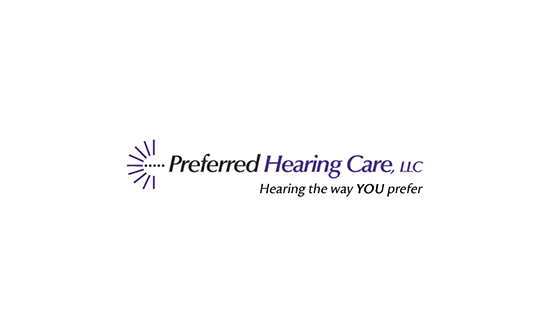Hearing aids and cellular phones have not always gotten along as well as they do now. The intricate electronics in both devices often triggered static, dropped words or squealing interference noises. Technology improvements along with new government regulations have largely eliminated this problem. Today cell phone – hearing aid compatibility is not the huge challenge it once was. To help consumers shop for the right hearing aid compatible cell phone, the new regulations include a standard rating system and labeling requirement.
The first thing you need to understand is that hearing aids operate in two different modes – microphone or “M” mode, and telecoil or “T” mode. In M mode, the hearing aid uses the internal microphone to detect sounds and amplify them. When the hearing aid is in T mode, instead of the microphone it uses its built-in telecoil to directly pick up conversations from inside the phone, in the form of electromagnetic signals. Currently, approximately 60% of hearing aids sold in the U.S. have a telecoil or T mode.
The two modes – M and T – are each rated on a scale of 1 to 4 where 1 is the lowest sensitivity and 4 is the highest. To be sold in the United States as hearing aid compatible (HAC), a mobile phone or cordless handset must have a rating of at least M3 or T3.
Hearing aids themselves also carry M and T ratings to indicate their sensitivity and ability to block interference in each mode. If you know the M and T ratings for your hearing aid, to determine its compatibility with any mobile phone, just add the two sets of ratings together. If you get a combined total of 6 or more, that is thought of as excellent, a combination of hearing aid and phone that will be highly usable. A combined rating of 5 is thought of as normal, and suitable for most people. A sum of 4 is considered acceptable, but if you are a heavy mobile phone user, you may be disappointed or frustrated with this choice.
Since being introduced, the new rating system has made it much easier to shop for a mobile phone online and determine its compatibility with your hearing aid in advance. A better approach, of course, would be to go to a store that allows you to “try before you buy,” and actually use the phone you want while wearing your hearing aid, in both M and T modes.
An Introduction to Hearing Aid / Mobile Phone Compatibility
The site information is for educational and informational purposes only and does not constitute medical advice. To receive personalized advice or treatment, schedule an appointment.
